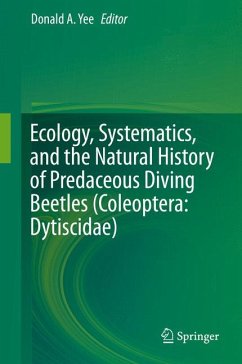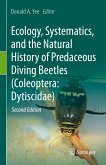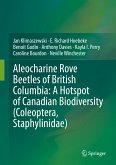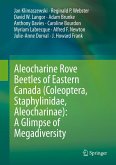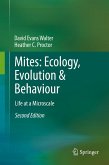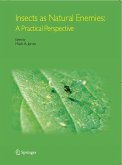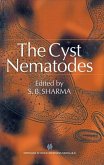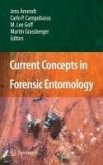This comprehensive book provides one of the most complete overviews of the aquatic beetles in the family Dytiscidae, also known as predaceous diving beetles. Dytiscids constitute one of the largest families of freshwater insects with approximately 4,200 named species that come in a variety of sizes, colors, and habitat affinities. Although dytiscid adults and larvae are ubiquitous throughout a variety of aquatic habitats, and are important predators on other aquatic invertebrates and vertebrates, there are no compilations that have focused on summarizing the knowledge on aspects of their ecology, systematics, and biology. Chapters in this book summarize hitherto scattered topics, including their anatomy and habitats, chemical and community ecology, phylogenies and larval morphology including chaetotaxy, sexual systems, predation, dispersal, conservation, and cultural and historical aspects. This knowledge is potentially beneficial to anyone working in aquatic systems where dytiscids are an important part of the food web. Moreover, readers will gain a greater appreciation of dytiscids as model organisms for investigations of fundamental principles derived from ecological and evolutionary theory. Contributed chapters are by authors who are actively engaged in studying dytiscids, and each chapter provides color photos and future directions for research.
Dieser Download kann aus rechtlichen Gründen nur mit Rechnungsadresse in A, B, BG, CY, CZ, D, DK, EW, E, FIN, F, GR, HR, H, IRL, I, LT, L, LR, M, NL, PL, P, R, S, SLO, SK ausgeliefert werden.

